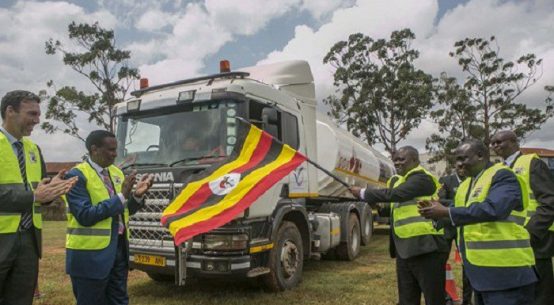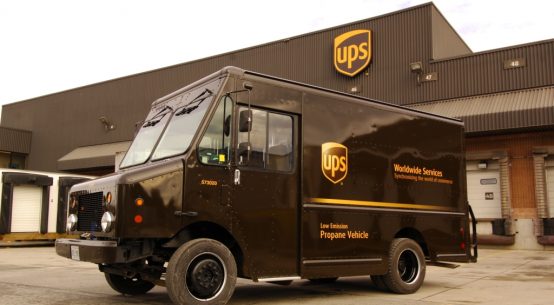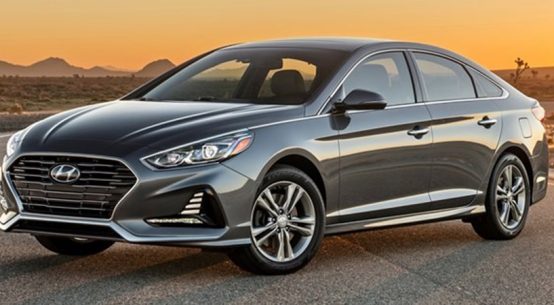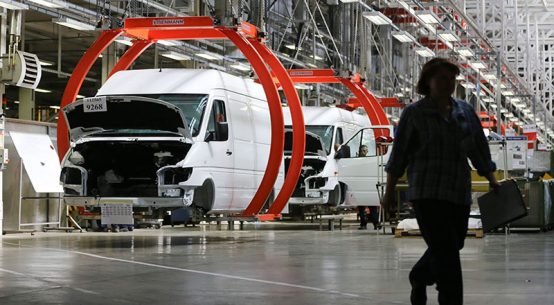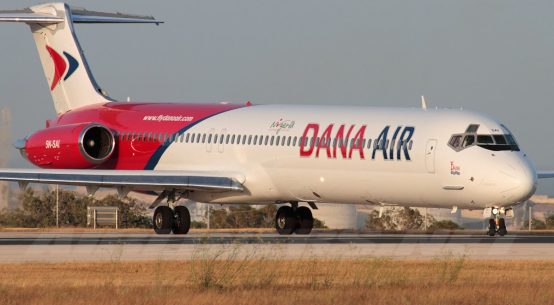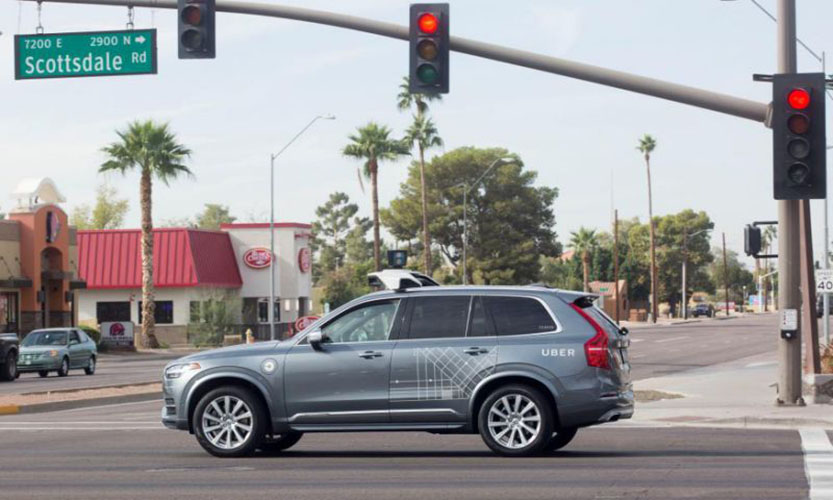
A self-driving Volvo vehicle, purchased by Uber
Multiple accidents have put automated cars and trucks in the hot seat.
Automated vehicle technology in the United States has been gaining less support in recent months after various crashes have occurred involving self-driving cars.
On March 18, an Uber Volvo SUV operating in self-driving mode with someone in the car struck and killed a pedestrian in Tempe, Ariz., a suburb of Phoenix.
Uber reportedly disabled the standard collision-avoidance technology provided by Aptiv that was in the Volvo SUV. “We don’t want people to be confused or think it was a failure of the technology that we supply for Volvo because that’s not the case,” Zach Peterson, a spokesman for Aptiv Plc, told Bloomberg.
Uber may have been following standard practice by disabling technology as it develops and tests its own autonomous driving system, Bloomberg said.
Since the incident, Uber halted testing companywide.
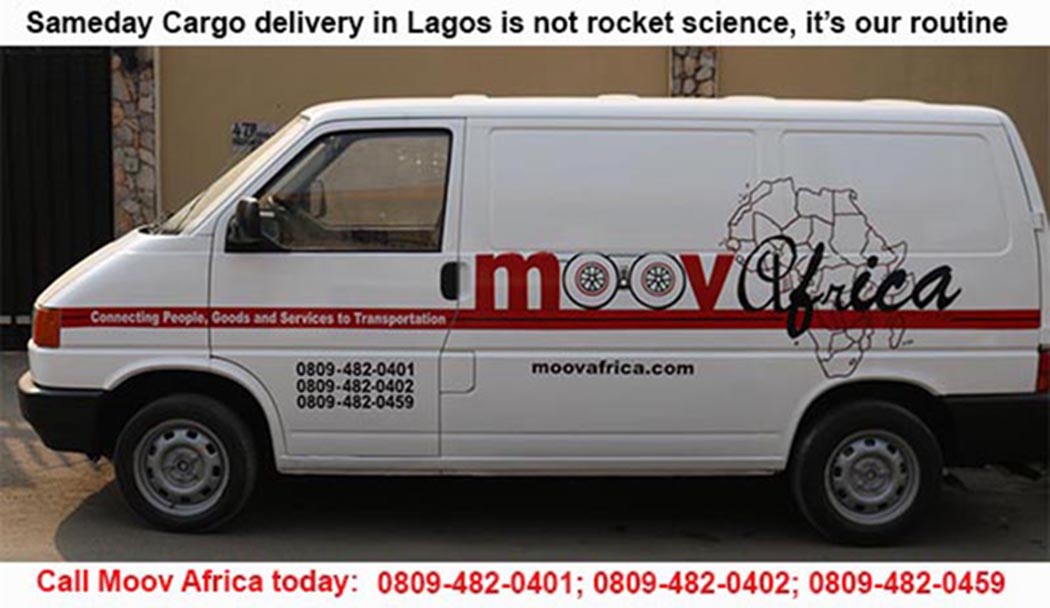
Just five days later, a driver of a Tesla Model X operating in autopilot mode had died in a crash after hitting a concrete median in Mountain View, Calif.
However, Tesla said, “The driver had received several visual and one audible hands-on warnings earlier in the drive and the driver’s hands were not detected on the wheel for six seconds prior to the collision. The driver had about five seconds and 150 meters of unobstructed view of the concrete divider with the crushed crash attenuator, but the vehicle logs show that no action was taken.”
Waymo’s autonomous vehicle technology is now in the spotlight this week after one of its vehicles was involved in a collision this past Friday in Chandler, Ariz., a Phoenix suburb.
However, the crash resulted from another vehicle running a red light, and the Waymo vehicle was not in autonomous mode at the time, according to the Chandler Police Department.
Despite these recent incidents, just last week Aptiv announced the launch of a fleet of 30 autonomous vehicles in Las Vegas on the Lyft network that now is available to the general public, while Toyota revealed it is constructing a closed-course test facility to develop automated vehicle technology, which will become operational in October.
In regard to autonomous trucks, OOIDA Director of Legislative Affairs Nile Elam said on Land Line Now last week that he believes trucks need to be addressed separately because that’s a whole other “can of worms.”
“It’s one thing to have a vehicle that’s going say 35 mph on a secondary road for instance that weighs maybe 2,500 to 3,000 pounds. It’s another thing entirely when you’re discussing a truck that’s roughly 80,000 pounds going down the freeway at 70 mph,” he said.
However, Chuck Price, vice president of product at TuSimple, a self-driving truck startup, told American Shipper last month that TuSimple’s automated trucks are very different from passenger cars running on full automation that require a regular drivers license and a day or so of training from the company. TuSimple’s drivers require a much more extensive curriculum, meaning a higher degree of safety, he said.
Despite these recent accidents, the National Highway Traffic Safety Administration has previously said how automated vehicles have the potential to remove human error from the crash equation since 94 percent of serious crashes are due to human error.



